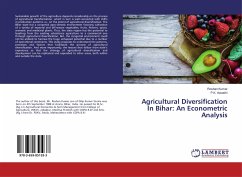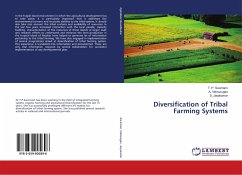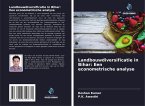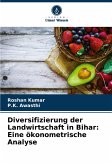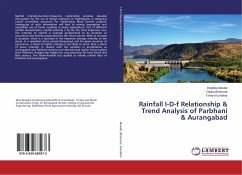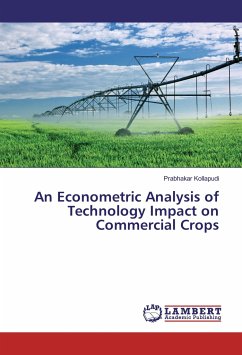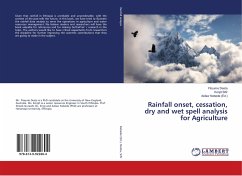Sustainable growth of the agriculture depends considerably on the process of agricultural transformation, which in turn is well connected with shifts in production patterns i.e., on the extent of agricultural diversification. The Bihar state has a congenial agro-climatic environment favoring cultivation of a variety of seasonal and off-season vegetables, fruits, flowers, spices, aromatic and medicinal plants. Thus, the state region has the potential to leapfrog from the existing subsistence agriculture to a commercial one through agricultural diversification. But, the congenial environment could not be utilized to harness the huge untapped potential due to a number of operational constraints. This study proposes to understand the patterns, processes and factors that facilitated the process of agricultural diversification. And more importantly, the lessons that follow from state's experience so that the strategy of agricultural diversification and development can be replicated andexpended to other areas, both within and outside the state.
Bitte wählen Sie Ihr Anliegen aus.
Rechnungen
Retourenschein anfordern
Bestellstatus
Storno

